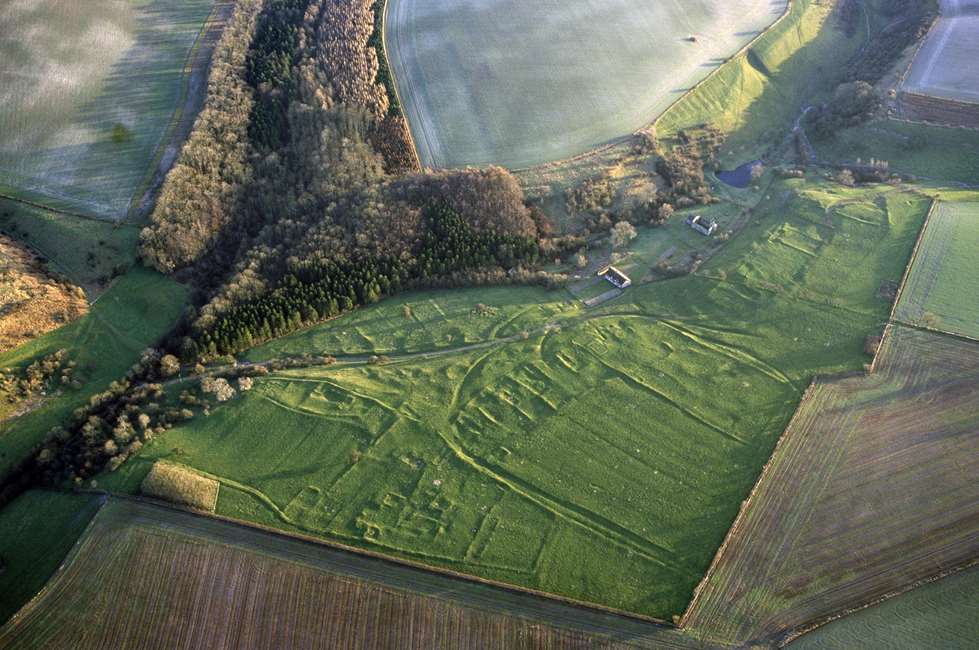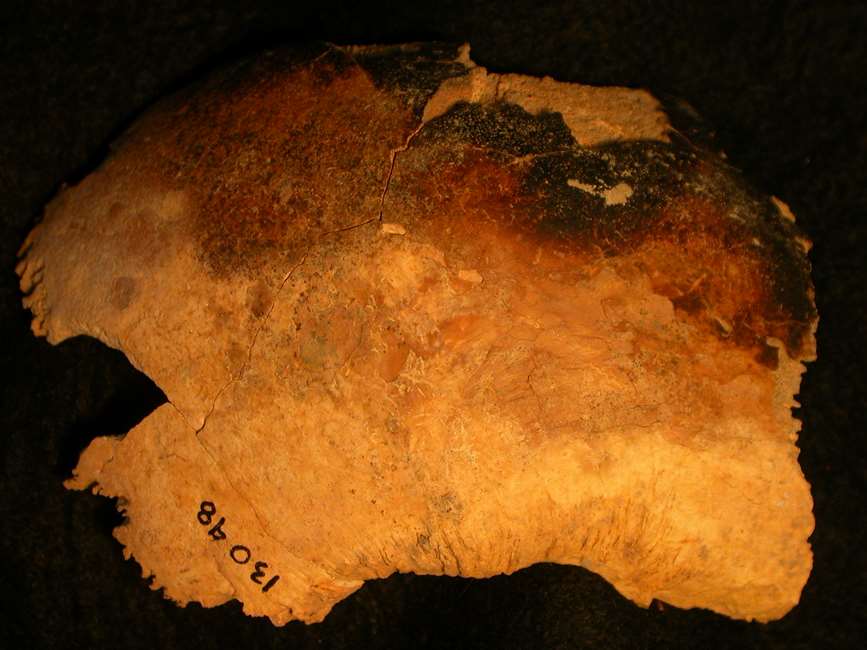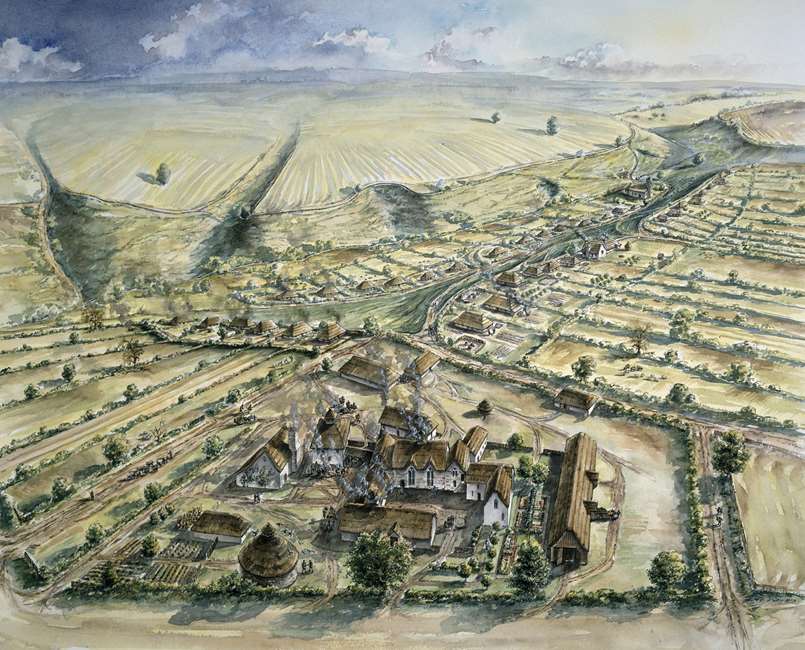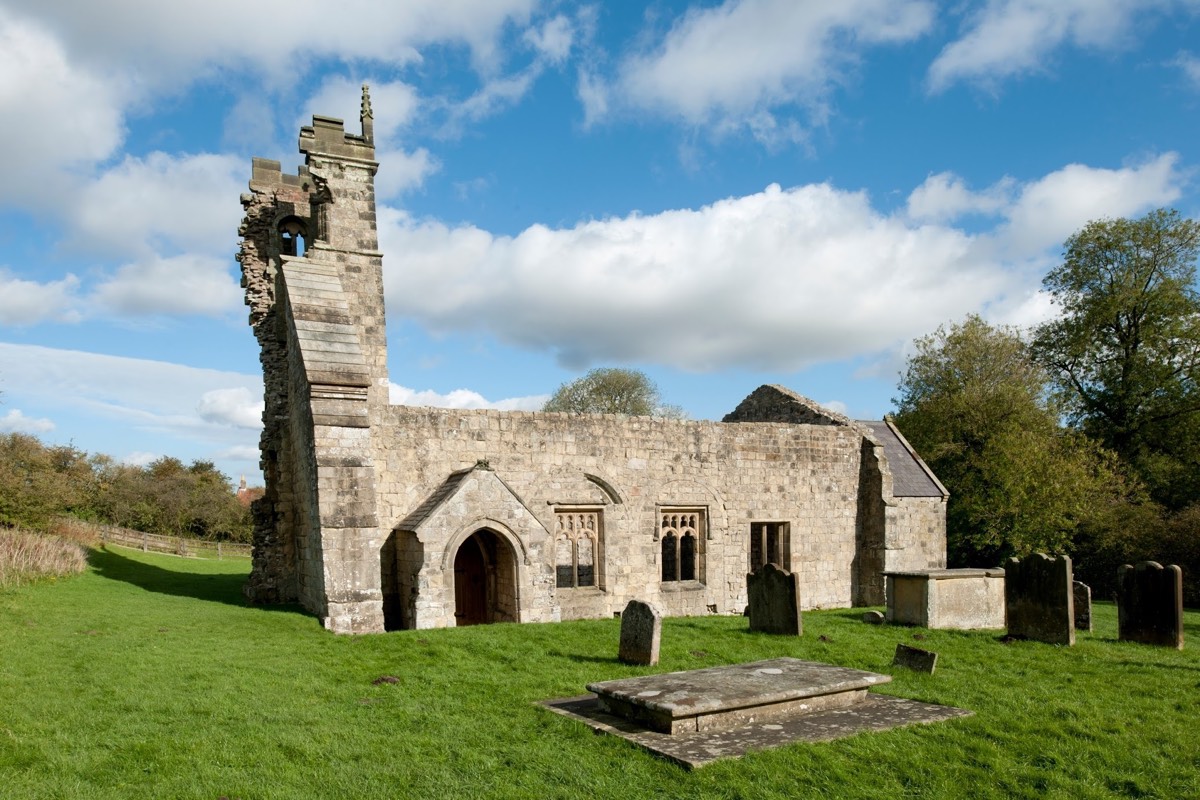Photos: Mutilated Corpses May Reflect Medieval Belief in Walking Dead
Wharram Percy from above

Archaeologists discovered a bunch of burned and mutilated bones from a medieval pit at an abandoned northern English village. Their leading theory: these corpses were thought to be at risk of leaving their graves and becoming revenants that haunt the living. [Read the full story here]
The bones were found just outside of a medieval house in Wharram Percy, shown here in aerial view. The human remains came from at least 10 individuals, both males and females, ranging in age from 2-years-old to 50, and dating back to the period between the 11th and 13th centuries A.D.
Tell-tale cuts

Here, knife-marks can been seen on the surfaces of two rib fragments. Cut-marks and chop-marks are the bones suggest the bodies had been mutilated after death. One reason the dead might have been disturbed during this era is if people thought the corpses were walking (or at risk of walking) from their graves.
Burned bone

Forensic investigators do experiments with cadavers to learn how to interpret the burning patterns left on skeletal remains. Based on these studies, the researchers think the bodies from Wharram Percy still had flesh on the bones when they were burned. This makes sense in light of the revenant-laying theory: Corpses with flesh were thought to be more dangerous than skeletons.
Skeletal slices

Shown here are parallel knife cuts on a vertebra. These types of slices were found mostly on the head and neck area of the bones in the pit.
Medieval setting

This reconstruction drawing shows what Wharram Percy might have looked like in the 12th century. Don't all the best horror movies take place in idyllic small towns?
Abandoned church

The village was deserted in the 16th century, and much of the town's remains are buried under pastures. The ruins of the Church of St. Martin and its graveyard, however, are visible above ground.
Cut and burned

The black arrows here point to three knife marks on the cervical vertebra and the white points to burning.
Get the world’s most fascinating discoveries delivered straight to your inbox.



